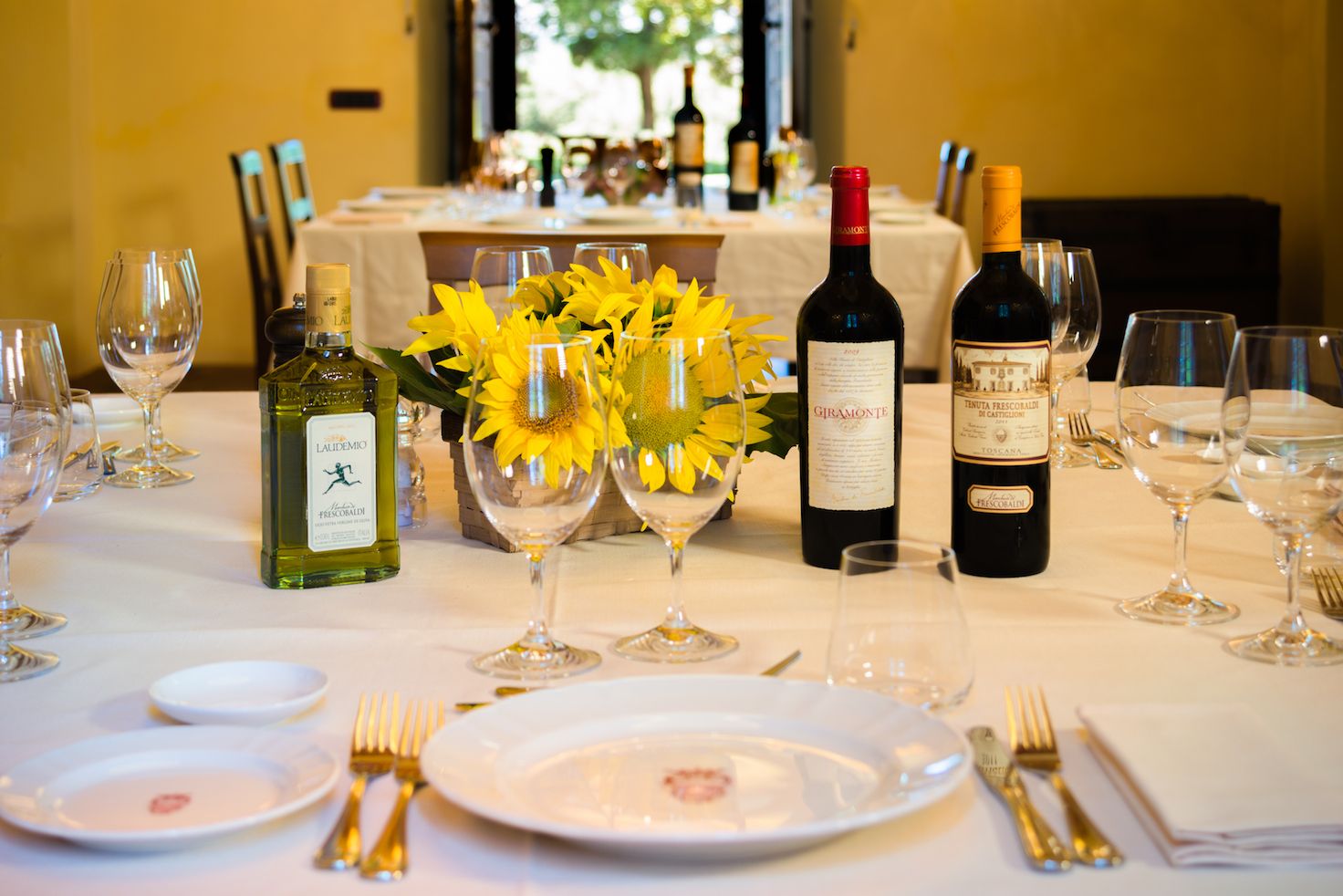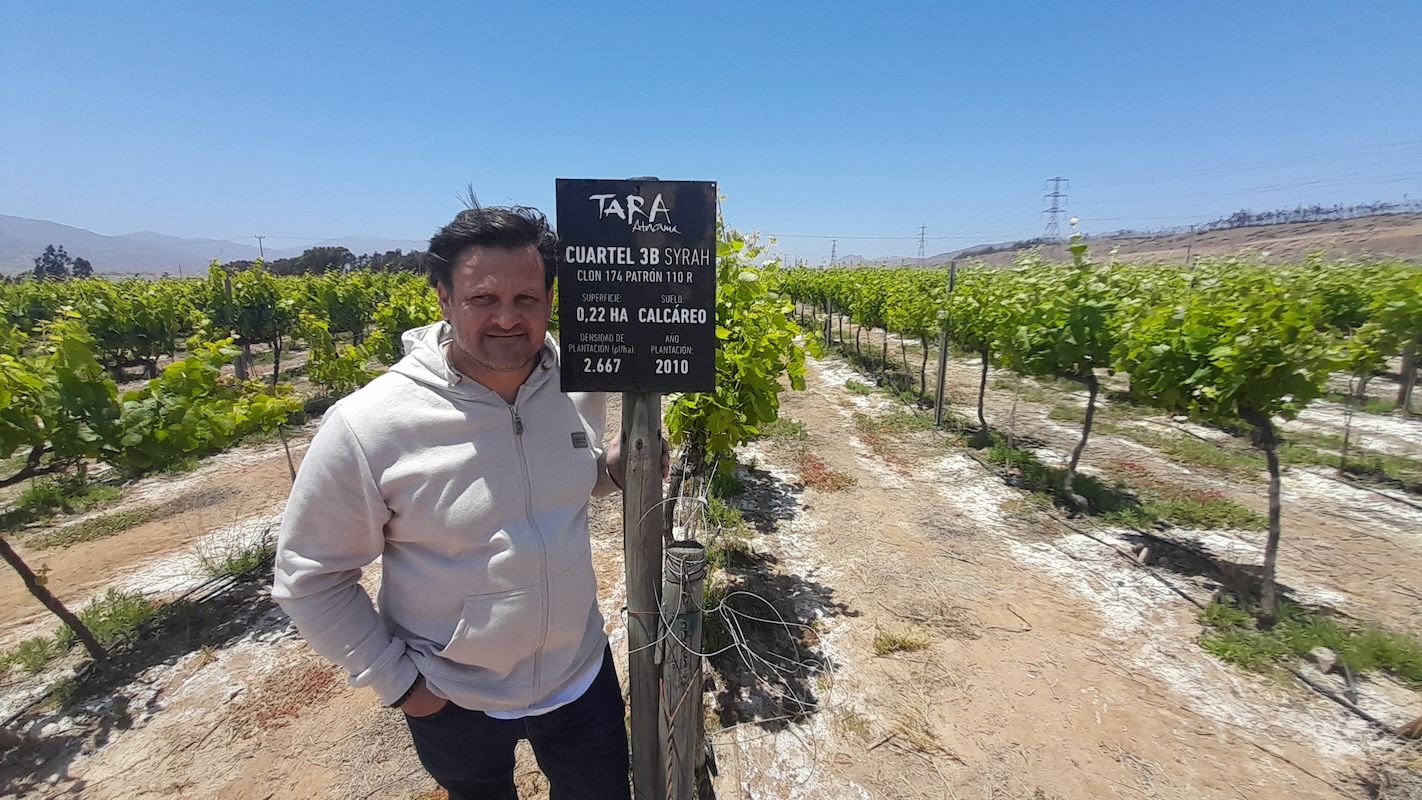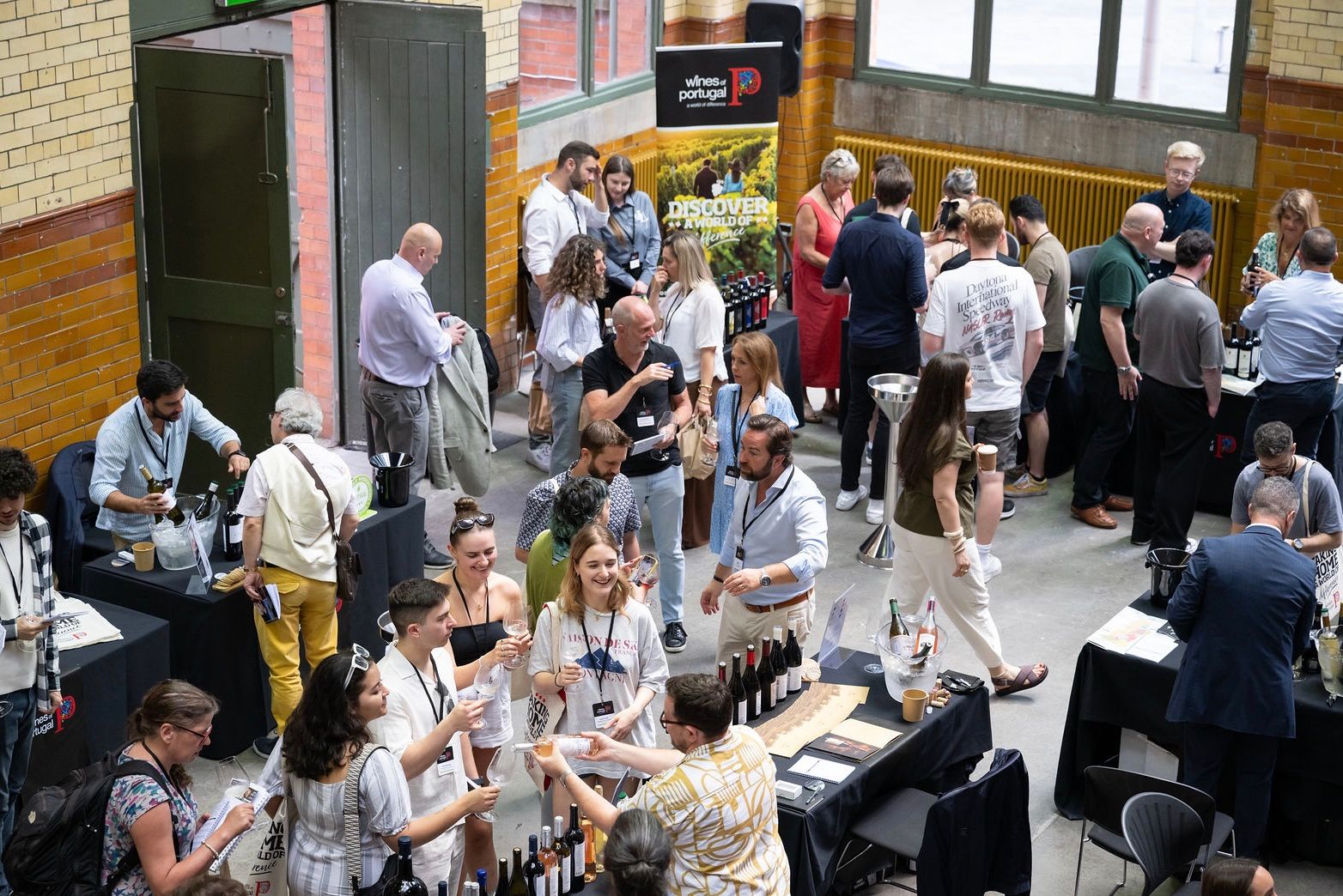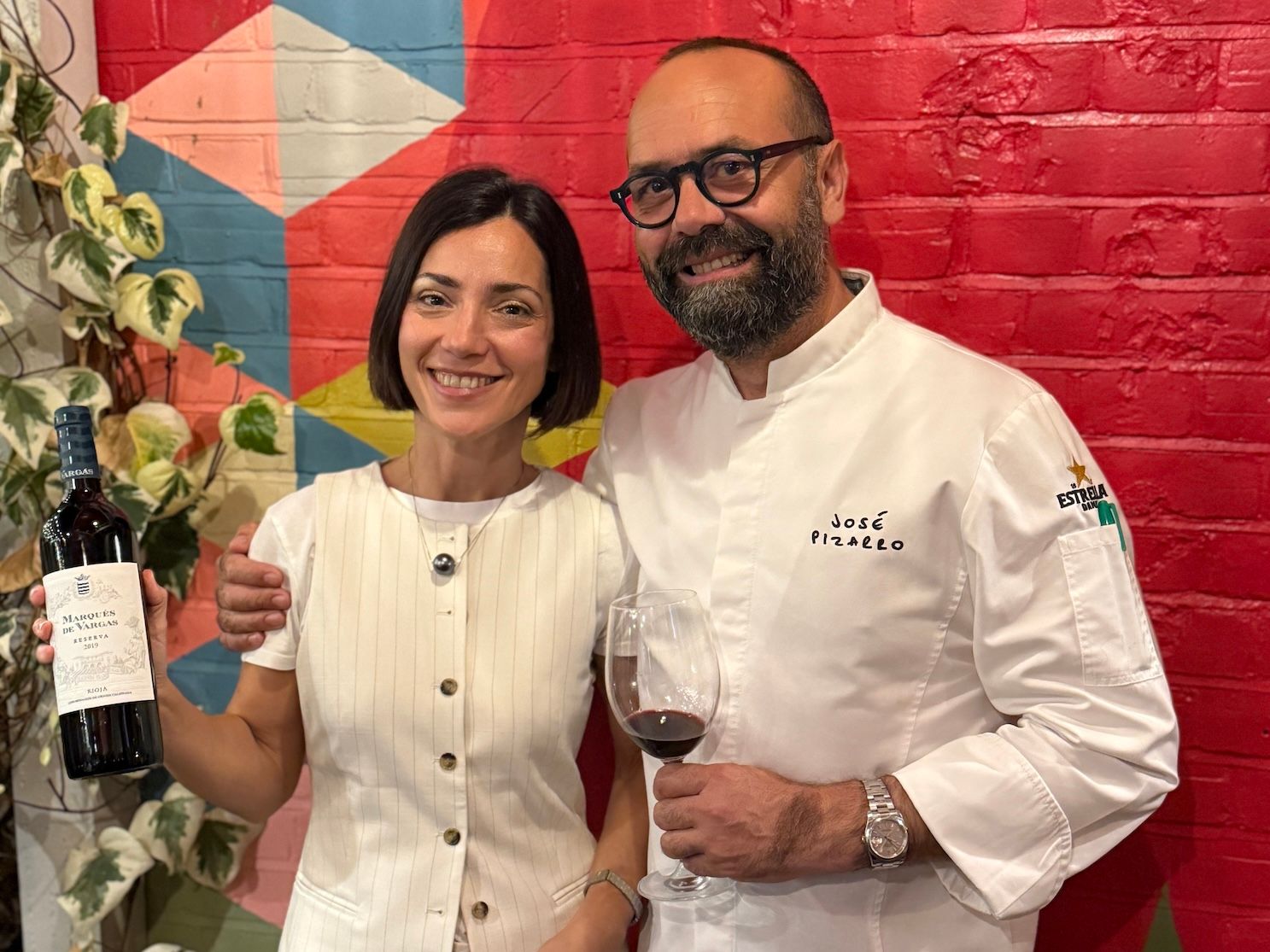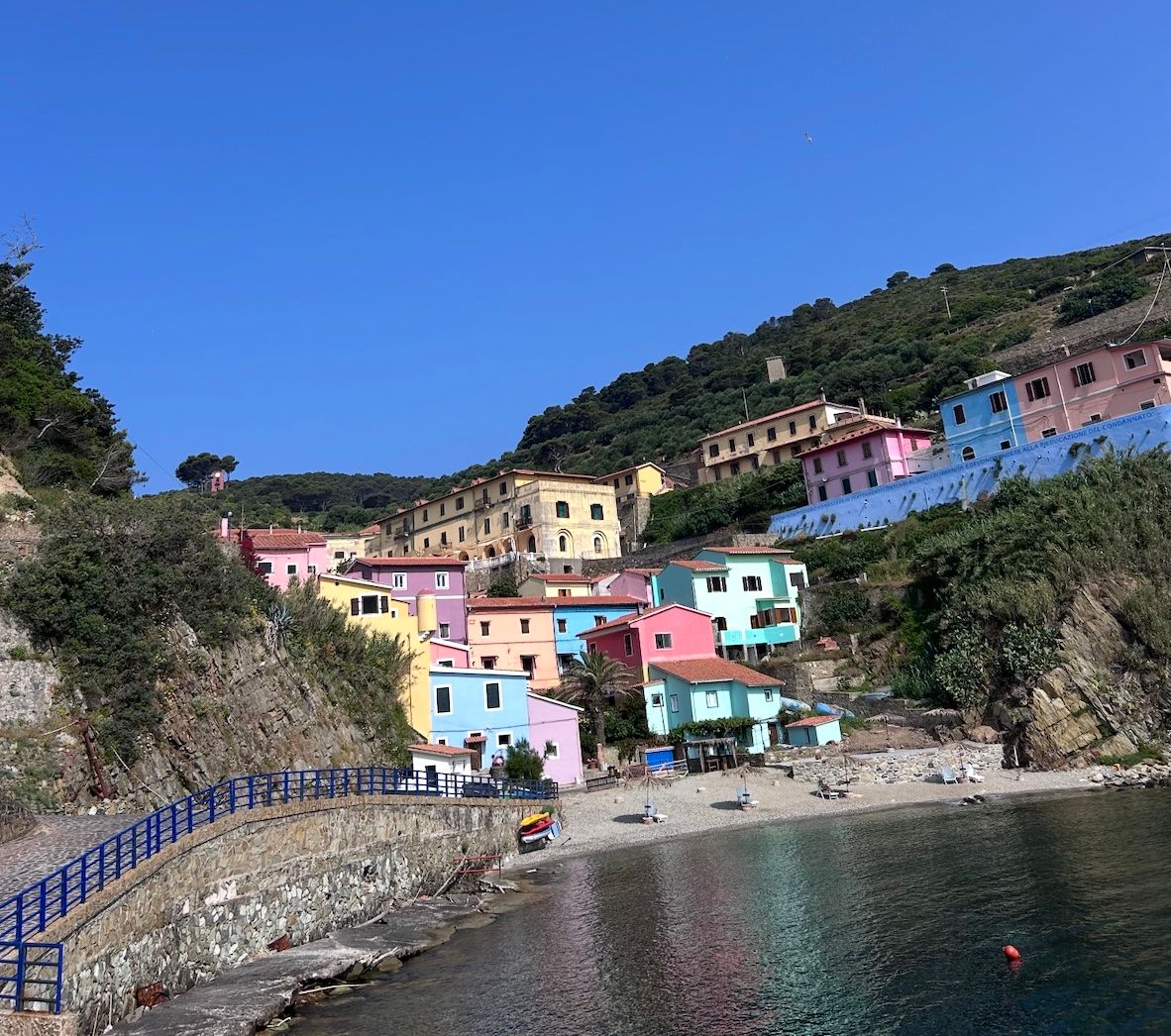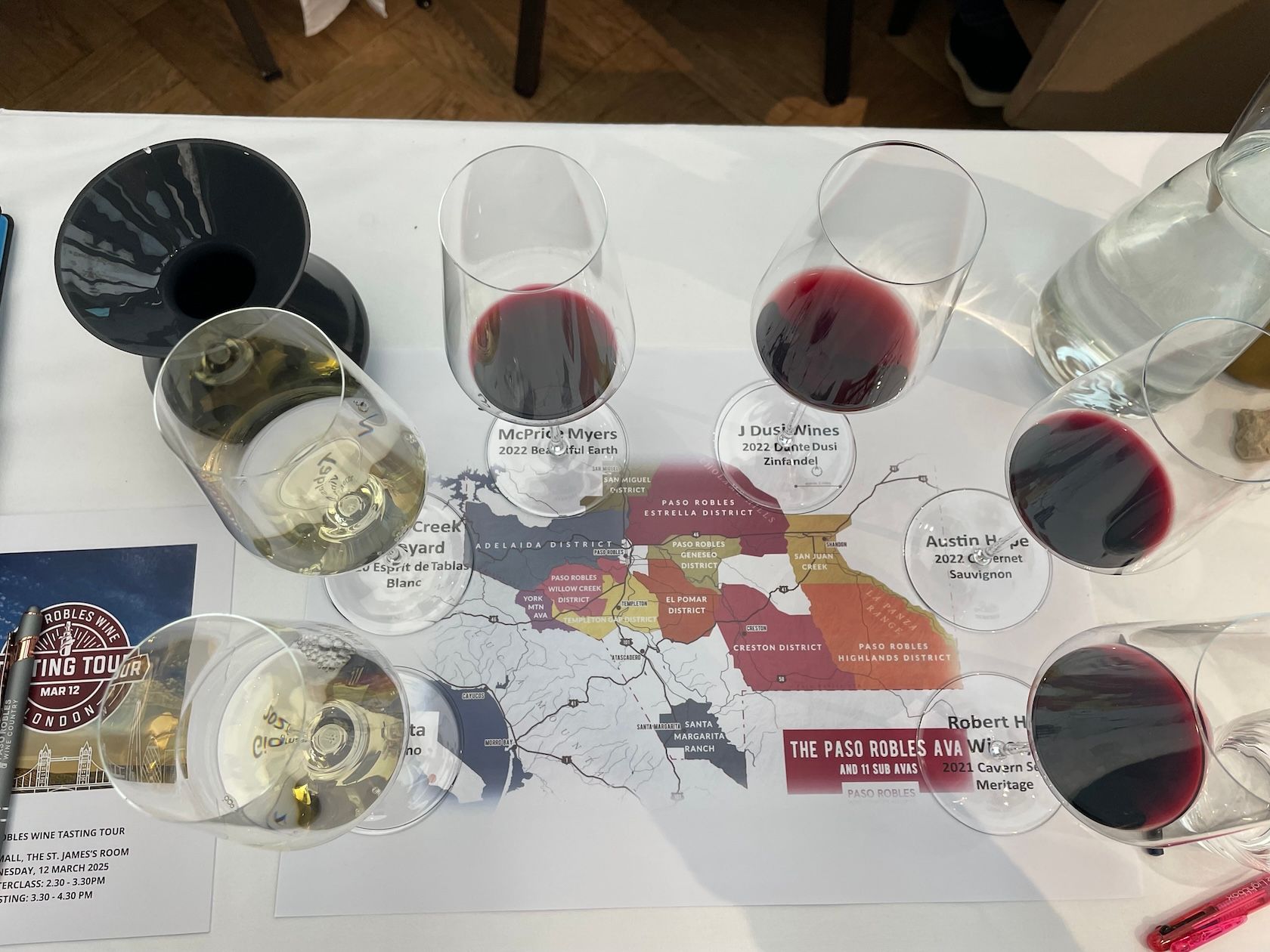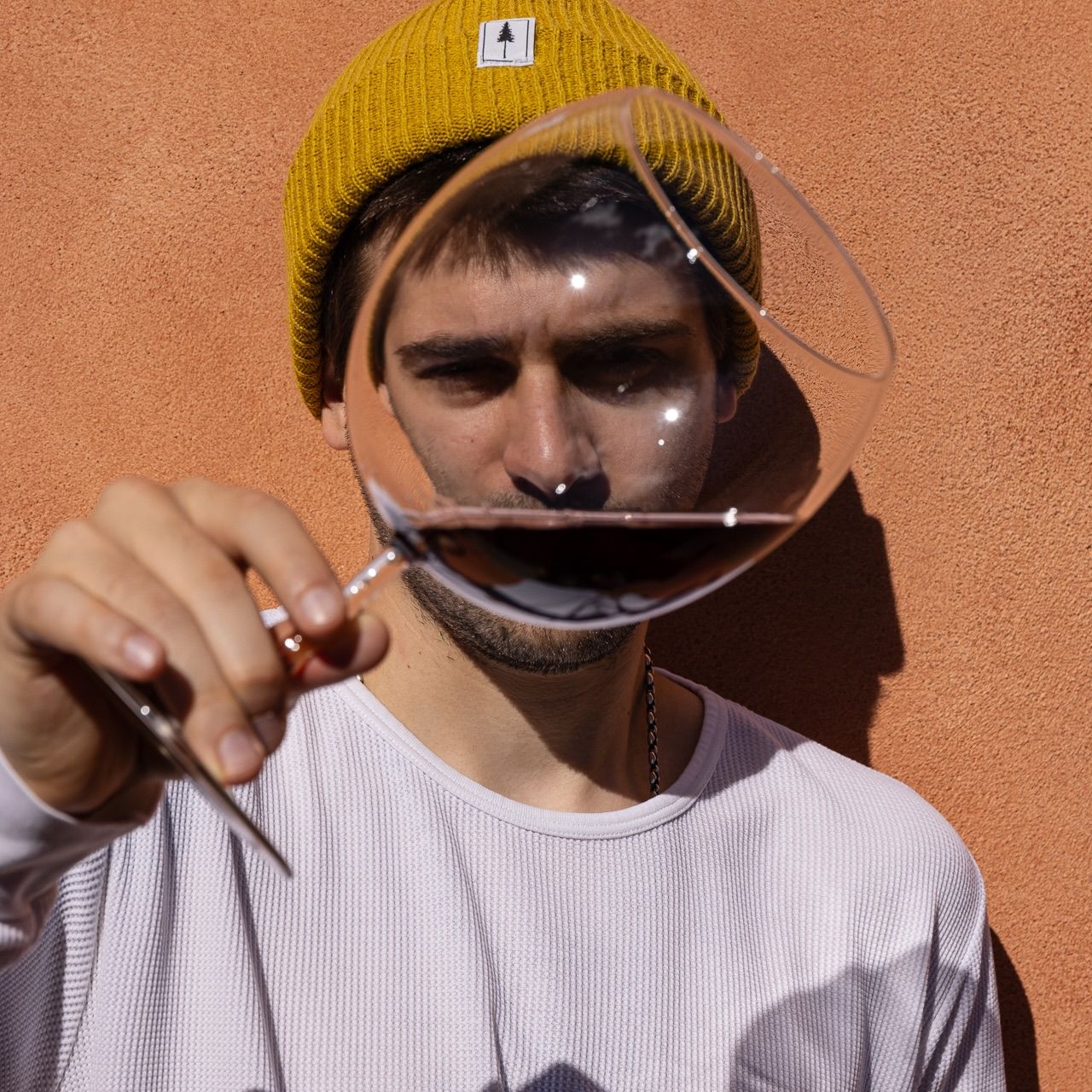Four reds and two whites from Tenuta di Castiglioni are sampled matched with Italian food from London’s Frescobaldi restaurant.
It seems strange to recall, when you are enjoying Tuscan wines like the reds from Tenuta di Castiglioni, the furore that surrounded the emergence of Super Tuscan wines in the 1980s.
Traditionalists were outraged that Sangiovese was being tempered with non indigenous grapes such as Cabernet Sauvignon and Merlot and, in many cases, being totally excluded from the blend.
Compounding this insult to oenological purity, the new international style wines frequently did not taste like a Tuscan wine either. Mind you… few tears were shed by those of us old enough to remember the straw wrapped bottles of rough Chianti.
The emergence of Super Tuscan wines was a commercial necessity for Tuscan winemakers enabling them to broaden their international appeal as well as becoming more resilient to the vagaries of climactic conditions (yes it rains in Italy!).
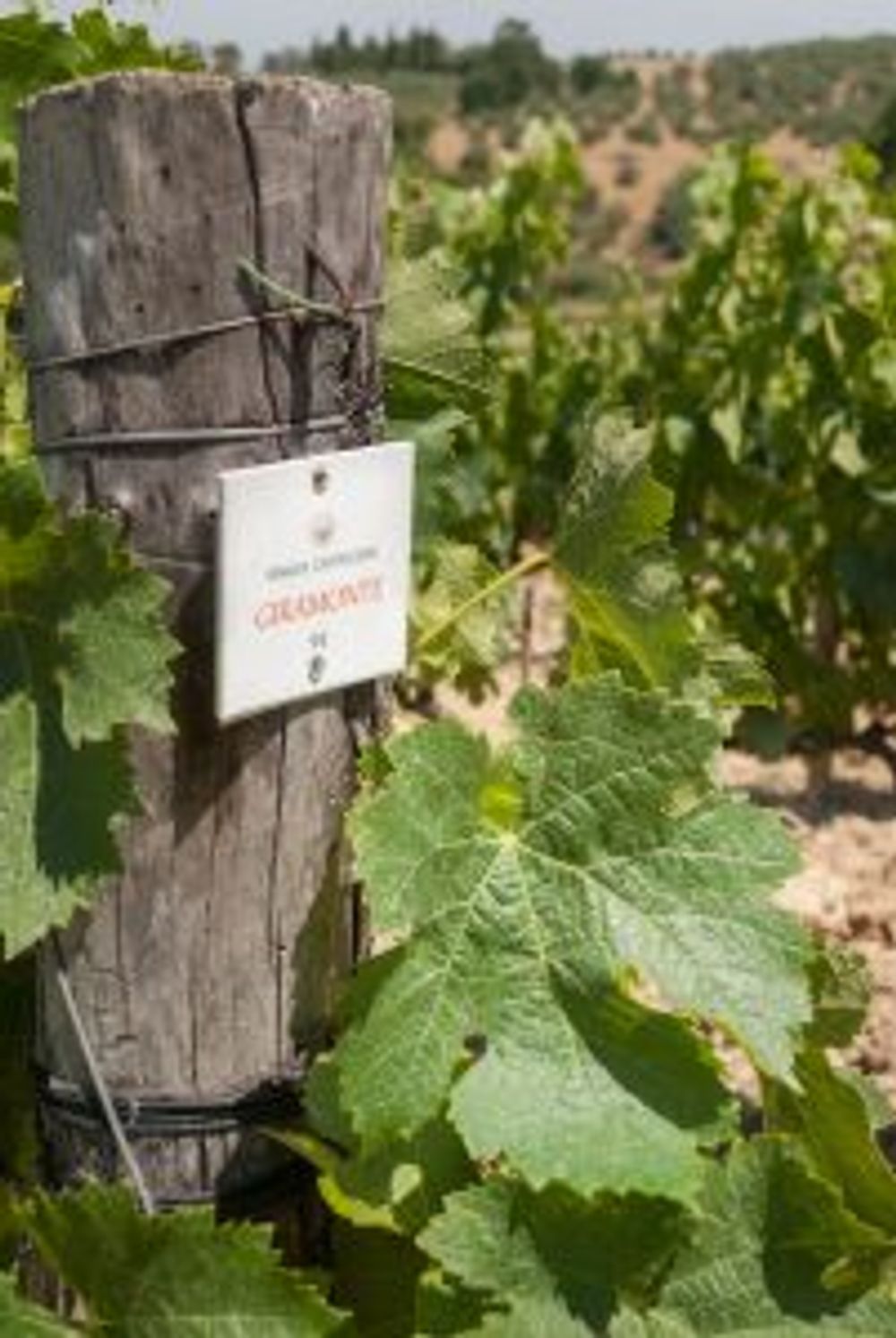
These days the best Super Tuscans are an established presence in the pantheon of the worlds’s greatest red wines and such a debate seems slightly absurd in a market where the envelope is being pushed and new trends emerge seemingly by the week.
Which brings us to one of the most long established producers in Tuscany, the Frescobaldi family.
The Frescobaldis own several estates but the recent winemaker’s dinner held at their eponymous London restaurant showcased the wines of their oldest property, Tenuta di Castiglioni, where grapes have been harvested for over 800 years.
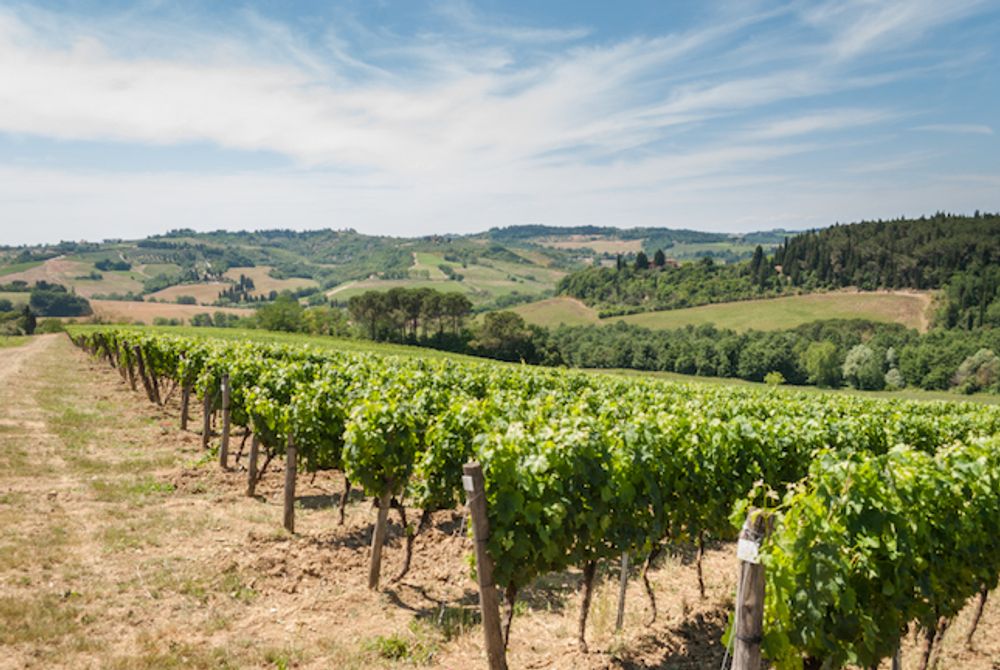
Located in the Chianti hills to the South West of Florence, Castiglioni enjoys a warm climate. The clay soils in the valleys are perfect for Merlot and the higher sandy soils suit Sangiovese and Cabernet Sauvignon.
The resulting house style is notable for its fruity red wines redolent with the scent of red and black berries so typical of this area.
Two whites bookended the meal
Before delving into the reds, a few words on the whites that bookended the dinner.
The evening started with a glass of bubbles, the nascent Leonia Pomino Brut 2011.
This cuvée is made following the Champagne method blending Chardonnay (90%) and Pinot Noir from the cool climes of Castello di Pomino. Aged for 30 months on its lees, this is a wine of endearing freshness and elegant richness easily able to complement the accompanying canapés of padano, ham and figs.
2011 is the first commercial release of this wine after 6 years of trial production. To my mind it is head and shoulders above countless prosaic Proseccos and one to watch in the coming years.
The evening closed with a 2008 Vinsanto del Chianti – a nod to the traditionalists. 10kg of grapes (mainly Trebbiano) are needed to produce a litre of this wine, so its power comes as no surprise. In colour and tone it would not be out of place in a line-up of top Sherries albeit a little on the sweet side.
And so to the reds
We began with the entry level Chianti Castiglioni 2015 made with Sangiovese and a smattering of Merlot. This award winning wine has black cherry aromatics with good balance and structure. Castiglioni uses micro oxygenation during fermentation to ensure tannins are softened thereby bringing the fruit to the fore.
Then we moved into IGT territory with Tenuta Frescobaldi di Castiglioni from 2008 and 2013.
This wine blends Cabernet Sauvignon and Sangiovese with small portions of Merlot and Petit Verdot from the estate’s sandy loamy soils.
The 2013 has the trademark acidity and structure that is a feature of so many of Italy’s best reds. It tasted like a Chianti but actually has a preponderance (60%) of Cabernet Sauvignon. It is clearly a well made wine from a good vintage and should develop well in time.
The 2008, from a less well regarded vintage, felt a little discordant as the tannins were still pronounced and it’s unclear whether the wine has the structure to develop further.
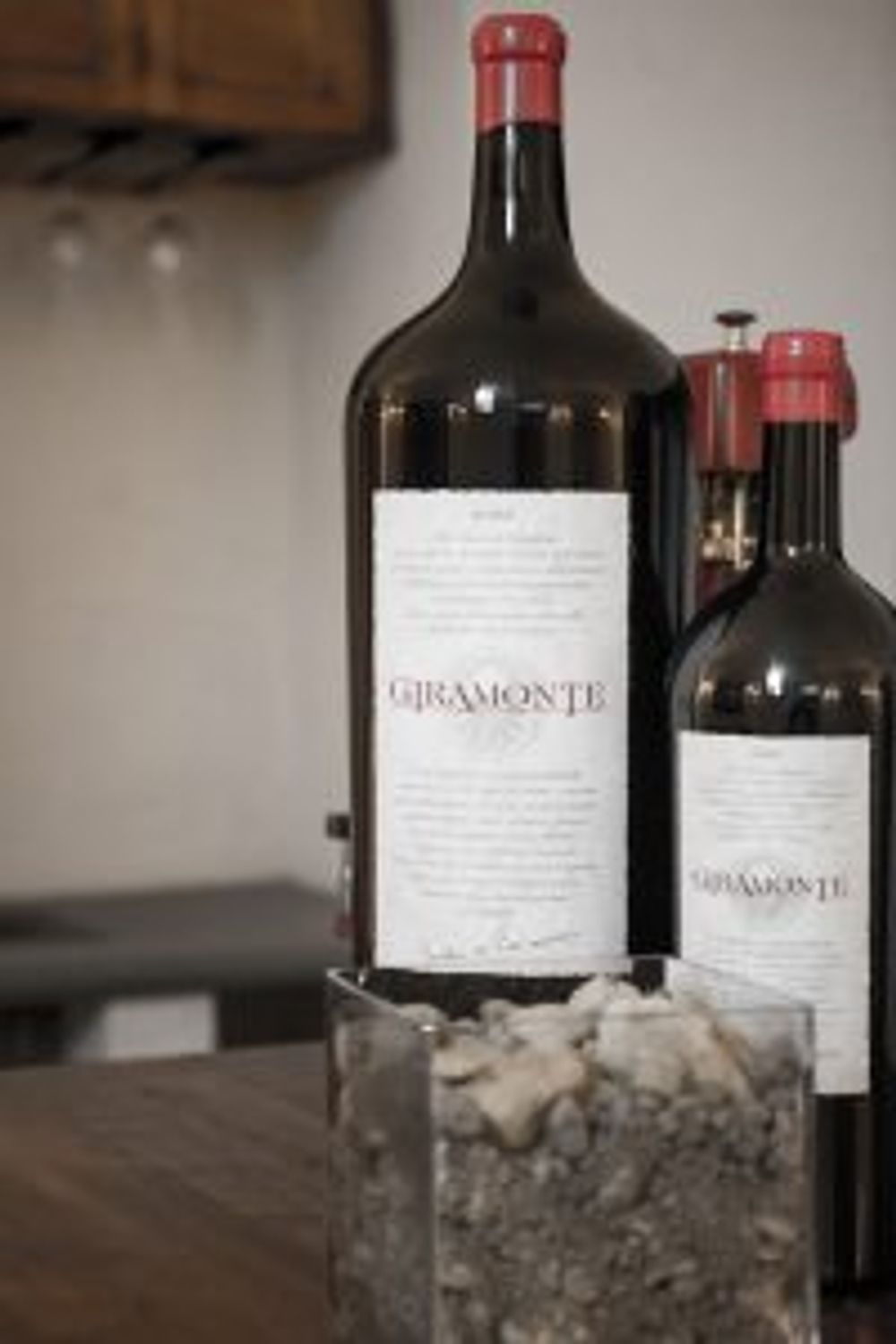
Finally, it was time for Castiglioni’s star red – Giramonte. This has been in production since 1999 and comprises 90% Merlot and 10% Sangiovese. The 2011 has lovely aromas of blackcurrants, kirsch and oak.
Clearly it has the structure and power to develop beautifully for years but if you’re disinclined to wait it can be enjoyed now with food, in this instance perfectly rendered lamb chops.
The potential of this wine was showcased by the 2002 Giramonte. This was a very difficult vintage marred by heavy rain. Fortunately Merlot is a lot more resilient to rain than Sangiovese which has a tendency to absorb water. The 2002 oozed a silky cassis richness exhibiting fine tannins and a sustained long finish.
It almost feels as if you are on the road to Amarone but fortunately (for this scribe) the bus never arrives.
If this Frescobaldi respect for tradition and appetite for innovation in its portfolio of wines is mirrored elsewhere then the future of Tuscan wine will surely burn brightly for decades to come.
